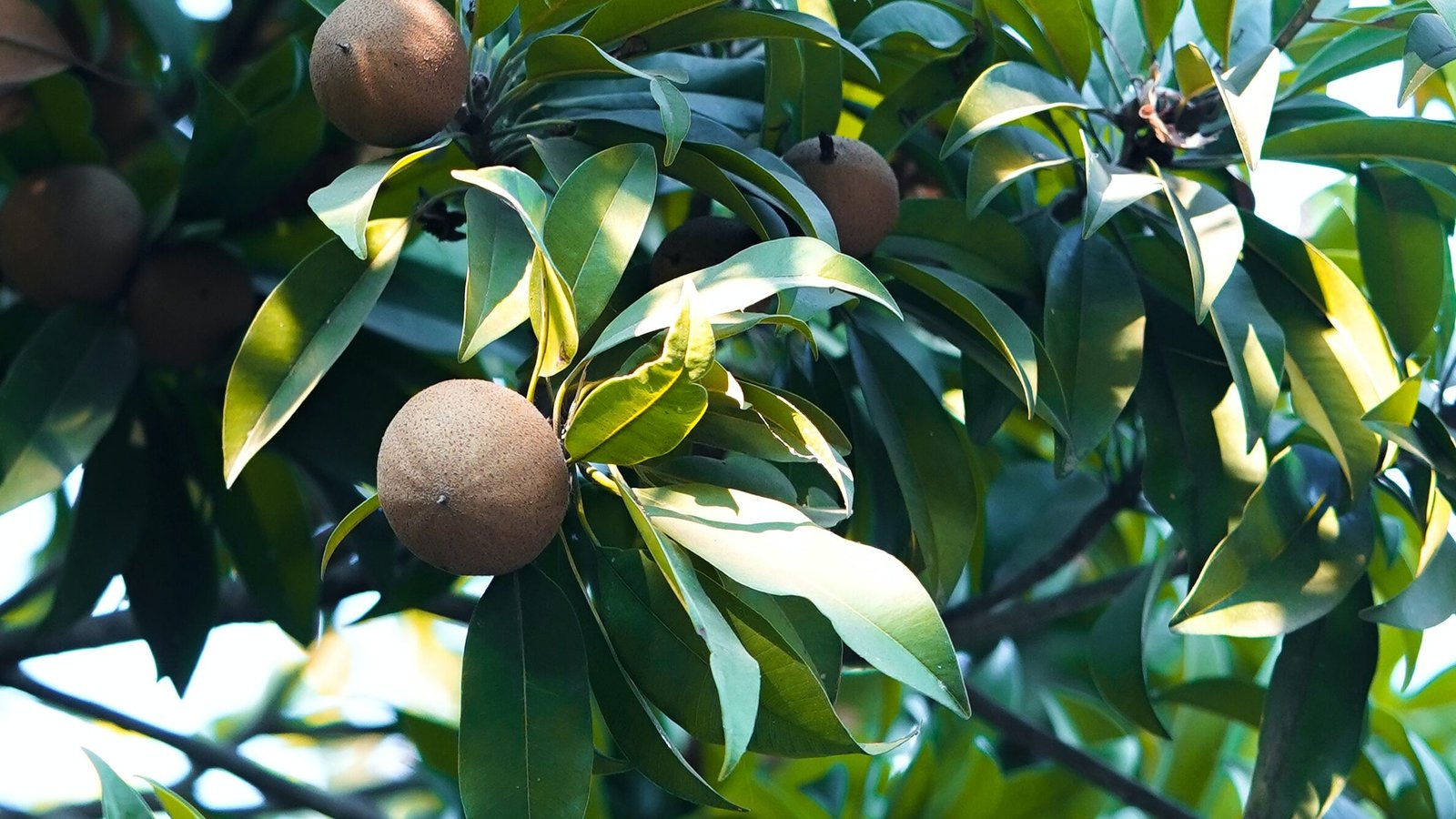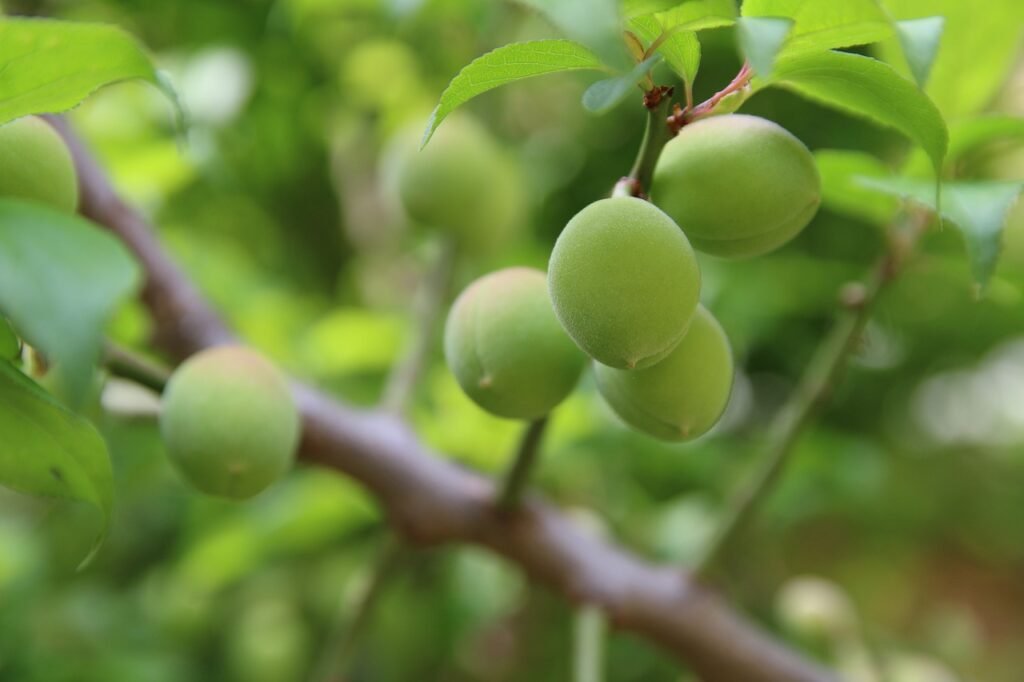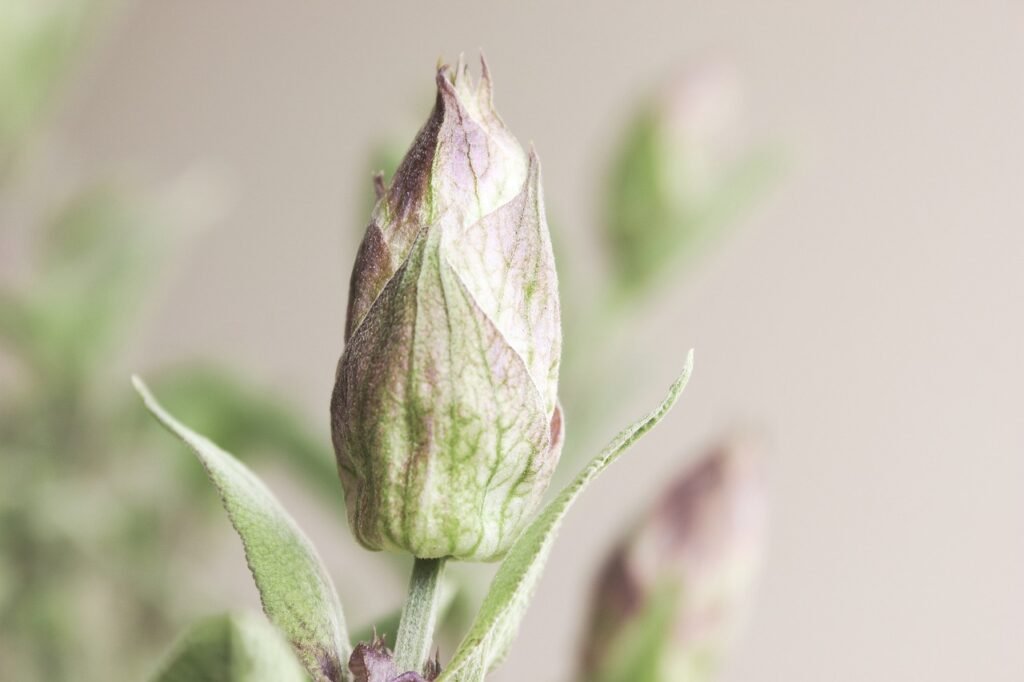Fruits are a delight to the senses, offering a burst of flavors and a spectrum of colors. However, have you ever wondered if fruits have gender? Are there male and female fruits, and does this affect what you find in your local grocery store or orchard? In this comprehensive article, we’ll delve into this fascinating topic, exploring the gender of fruits, their reproduction, and what it means for growers and consumers alike.
Introduction
Fruits are a cornerstone of our diets, providing essential nutrients and a burst of natural sweetness. However, their journey from flower to fruit is a complex one, with some fruits displaying distinct male and female characteristics during reproduction. In this article, we’ll explore the concept of male and female fruits, how they contribute to fruit production, and the implications for agriculture and fruit enthusiasts.
The Reproductive World of Fruits

Understanding Fruit Reproduction
Before we dive into the concept of male and female fruits, let’s grasp the fundamentals of fruit reproduction. Unlike animals, plants don’t mate in the traditional sense, but they have their own unique methods of reproduction.
Plants, including fruit-bearing ones, reproduce through a process known as pollination. Pollination involves the transfer of pollen from the male reproductive part (stamen) to the female reproductive part (pistil) of a flower. Once pollination occurs successfully, the fruit begins to develop.
The Gender Question: are there male and female fruits?
So, are there male and female fruits? The answer is yes and no. While fruits themselves don’t have genders, the flowers from which they originate do. Most fruit-bearing plants have flowers that contain both male and female reproductive structures. These are referred to as “perfect” or “hermaphroditic” flowers.
In these flowers, pollen from the stamen is transferred to the pistil within the same flower, leading to self-pollination. However, some fruit plants have separate male and female flowers on the same plant, and in some cases, on different plants. This phenomenon is where the concept of male and female fruits originates.
Male and Female Flowers
To understand male and female fruits better, let’s explore the characteristics of male and female flowers:
Male Flowers: These flowers typically have stamens that produce pollen but lack a functional pistil. They play a crucial role in pollination by providing pollen to nearby female flowers.
Female Flowers: Female flowers, on the other hand, have a well-developed pistil that can receive pollen. Once pollinated, they give rise to fruit.
Implications for Agriculture
Orchards and Male-Female Dynamics
In commercial fruit cultivation, having both male and female flowers on the same tree can be advantageous. It ensures better pollination rates, leading to higher fruit yields. Some fruit trees, like apple trees, exhibit this characteristic.
However, in some cases, male and female flowers on separate trees can present challenges. For instance, in the case of date palms, growers must ensure that both male and female trees are present in the orchard for successful fruit production.
What do male and female plants have in common?
Male and female plants have several common features, as they are both essential components of plant reproduction. Here are some commonalities between male and female plants:

- Roots and Leaves: Both male and female plants typically have roots for anchoring the plant in the soil and absorbing water and nutrients. They also have leaves for photosynthesis, which is the process by which plants convert sunlight into energy.
- Stems: Both male and female plants have stems that provide structural support and transport water and nutrients between the roots and leaves.
- Vascular System: Both types of plants have a vascular system, including xylem and phloem, which facilitates the movement of water, nutrients, and sugars throughout the plant.
- Reproductive Organs: While male and female plants have differences in their reproductive organs, they share the fundamental need for reproduction. Male plants produce pollen, which contains male gametes, and female plants have structures like pistils, which receive pollen for fertilization.
- Life Cycle: Both male and female plants go through similar life stages, including germination, growth, flowering, pollination, and fruit or seed production.
- Environmental Interaction: Male and female plants interact with their environment in similar ways. They respond to factors such as light, temperature, and water availability to optimize their growth and reproduction.
It’s important to note that not all plant species have distinct male and female individuals. Some plants are “monoecious,” meaning they have both male and female reproductive structures on the same plant, while others are “dioecious,” where male and female reproductive structures are found on separate plants of the same species.
The specific characteristics and reproductive strategies can vary widely among plant species, but the commonalities listed above are general features shared by many plants.
How to identify male and female flower?
Identifying male and female flowers in plants can be essential for understanding their reproductive processes. Here’s a general guide on how to identify male and female flowers:

Identifying Male Flowers
- Look for Stamens: Male flowers typically have structures called stamens. Stamens consist of a slender filament with an anther at the tip. The anther is where pollen, containing male gametes, is produced. These structures are usually more prominent and noticeable in male flowers.
- Absence of Female Parts: Male flowers usually lack the female reproductive structures, such as the stigma and pistil. Instead, they focus on producing and releasing pollen.
- Pollen Production: If you observe small, powdery grains on the anthers, it’s a clear sign that you’re looking at a male flower. This pollen is essential for fertilizing female flowers.
Identifying Female Flowers
- Observe the Pistil: Female flowers have a well-developed pistil, which consists of three main parts: the stigma, style, and ovary. The stigma is the receptive surface where pollen needs to land for fertilization to occur.
- Absence of Stamens: Female flowers typically lack the stamen structures found in male flowers. Instead, their energy is directed toward producing seeds once fertilization takes place.
- Ovary Presence: Female flowers often have a noticeable swelling at the base, known as the ovary. This is where the fertilized ovules develop into seeds.
- Stigma Receptivity: Female flowers are receptive to pollen, and the stigma is often sticky or feathery to help capture and hold pollen grains.
Additional Tips
In some plant species, male and female flowers may look very similar, making identification challenging without close inspection.
Some plants are “perfect” or “hermaphroditic,” meaning they have both male and female reproductive structures in the same flower. In such cases, it can be challenging to visually distinguish between male and female flowers.
To accurately identify male and female flowers, it’s often helpful to consult plant identification guides or seek guidance from experts familiar with the specific plant species you are observing. Keep in mind that the appearance of male and female flowers can vary widely among different plant species, so it’s essential to consider the characteristics specific to the plant you are examining.
What does fruit gender mean?
Fruit gender” is not a term commonly used in botany or biology. Fruits themselves do not have genders in the way animals do. In the context of plants, including fruit-bearing plants, the concept of gender is typically associated with the flowers rather than the fruits.

In plants, including fruit-bearing ones, flowers can be classified as having male and female reproductive structures, but this classification is not the same as gender in animals. Here’s a brief explanation:
- Male Flowers: These flowers typically have reproductive structures called stamens that produce pollen. The pollen contains male gametes, which are necessary for fertilizing the female parts of the flower.
- Female Flowers: Female flowers have reproductive structures called pistils. The pistil includes the stigma, style, and ovary. The stigma is where pollen needs to land for fertilization to occur. If fertilization is successful, the flower will develop into a fruit.
So, when people refer to “male” and “female” flowers in plants, they are talking about the presence of these reproductive structures. It’s important to note that most fruit-bearing plants have flowers that contain both male and female parts, and they can often self-pollinate. However, some plant species have separate male and female flowers on the same or different plants, which can influence the pollination process and fruit production.
In summary, when discussing fruit gender, it’s really about the gender of the flowers and their reproductive structures, not the fruits themselves. The gender of the flowers can impact how pollination and fertilization occur in the plant kingdom.
Conclusion
In the captivating world of fruits, the concept of male and female fruits stems from the gender-specific characteristics of their flowers. While fruits themselves don’t have genders, the flowers from which they emerge do, affecting the pollination process and, subsequently, fruit production. Understanding these dynamics is vital for both fruit growers and enthusiasts, as it can impact orchard management and the quality of the fruits we enjoy. So, the next time you savor a delicious piece of fruit, remember the intricate journey it took from flower to fruition.
Frequently Asked Questions (FAQs)
What are the advantages of having separate male and female flowers in plants?
Separate male and female flowers can promote cross-pollination, which often results in healthier and more genetically diverse offspring.
Can a single fruit tree produce fruit without another tree nearby?
In some cases, yes. Trees with perfect flowers can self-pollinate and produce fruit without the need for another tree. However, cross-pollination can lead to more robust fruit production.
Are there any gender-specific characteristics in fruits themselves?
No, the gender-specific traits are primarily found in the flowers of fruit-bearing plants, not in the fruits themselves.
Do male and female fruits taste different?
No, the taste of the fruit is not determined by its gender but rather by its variety and ripeness.
How do farmers ensure proper pollination in orchards with separate male and female trees?
Farmers often employ various techniques, such as introducing beehives or manually transferring pollen, to ensure successful pollination in orchards with separate male and female trees.
Can I grow fruit trees in my backyard if I have limited space?
Yes, many dwarf and compact fruit tree varieties are suitable for small spaces, allowing you to enjoy homegrown fruit even in limited areas.





